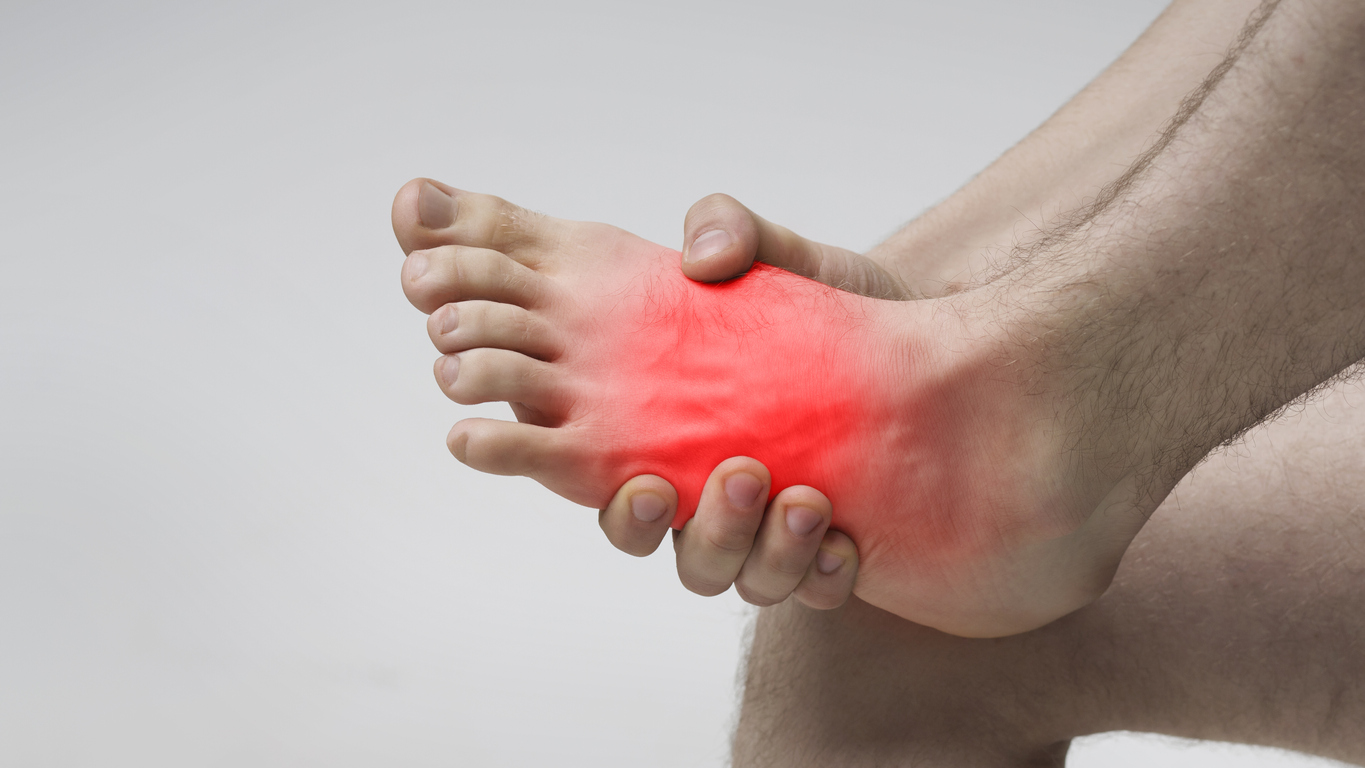Chronic foot pain can significantly impact daily life. It can affect everything from simple movements to complex activities. Understanding the underlying causes and exploring treatment options may help individuals address concerns and manage symptoms to improve overall mobility and comfort.
Contents
Causes of Foot Pain
Foot pain may arise from a variety of symptoms and conditions, making proper diagnosis a foundational step in addressing the issue. Symptoms associated with chronic pain may include persistent discomfort, swelling, redness, and difficulty bearing weight. Individuals could also experience localized pain in specific areas such as the heel, arch, or toes.
Many people develop foot pain due to underlying conditions that affect bones, muscles, ligaments, tendons, or nerves. External factors such as improper footwear or overuse of physical activity can exacerbate symptoms. Visiting a healthcare professional can aid in the diagnostic process. Tools like X-rays, MRIs, or ultrasound imaging may be used to identify structural abnormalities or pinpoint inflammation, providing insight into underlying causes.
Treating Foot Pain
Treating chronic pain often involves addressing underlying conditions and adopting practices to minimize discomfort. A combination of self-care strategies and medical interventions can contribute to managing symptoms effectively. Foot-related conditions are a broad category and treatment will depend on the nature of the affliction. Some of the more common treatment plans are listed below.
Rest and Lifestyle Adjustments
Foot pain, particularly when caused by overuse or strain, often necessitates rest as a starting point. Temporary avoidance of activities that place excessive pressure on the feet can aid recovery. Modifying daily routines to include low-impact exercises may help reduce strain on the affected area while staying active. Appropriate footwear selection is another aspect of treatment. Custom orthotic devices may also be recommended to alleviate pressure on specific areas of the feet, helping to manage symptoms effectively.
Physical Therapy
Physical therapy is commonly used to treat chronic pain by targeting muscular imbalances, stiffness, or poor biomechanics. Guided exercises can improve flexibility and strength in the feet and surrounding structures. Therapists may also use tools such as massage or ultrasound therapy to aid in pain management.
Surgical Interventions
When non-invasive methods fail to alleviate pain or effectively treat the underlying cause, surgical intervention may become an option. Procedures can range from correcting structural deformities to repairing damaged ligaments or tendons. While surgery is generally seen as a last resort, it may provide long-term relief for individuals with significant or recurring pain.
When to Visit a Doctor
Foot pain that persists for an extended period, worsens over time, or impacts daily activities should prompt individuals to consult a healthcare professional. Early evaluation could aid in identifying underlying causes and developing an effective treatment plan. Chronic pain left untreated may result in further complications or exacerbation of existing conditions.
Understanding the root causes and exploring tailored treatments can significantly improve the quality of life for those experiencing chronic pain. Whether through lifestyle changes, therapeutic interventions, or medical treatments, there are many pathways to managing symptoms and restoring mobility. If symptoms persist or impact everyday life, a medical evaluation can provide clarity and support in addressing the pain effectively.

Sarah Wilson, an accomplished writer and seasoned blogger, weaves compelling narratives that transport readers to new and uncharted worlds. With a talent for vivid storytelling and thoughtful insight, her work leaves a lasting mark, enchanting both the imagination and intellect.
